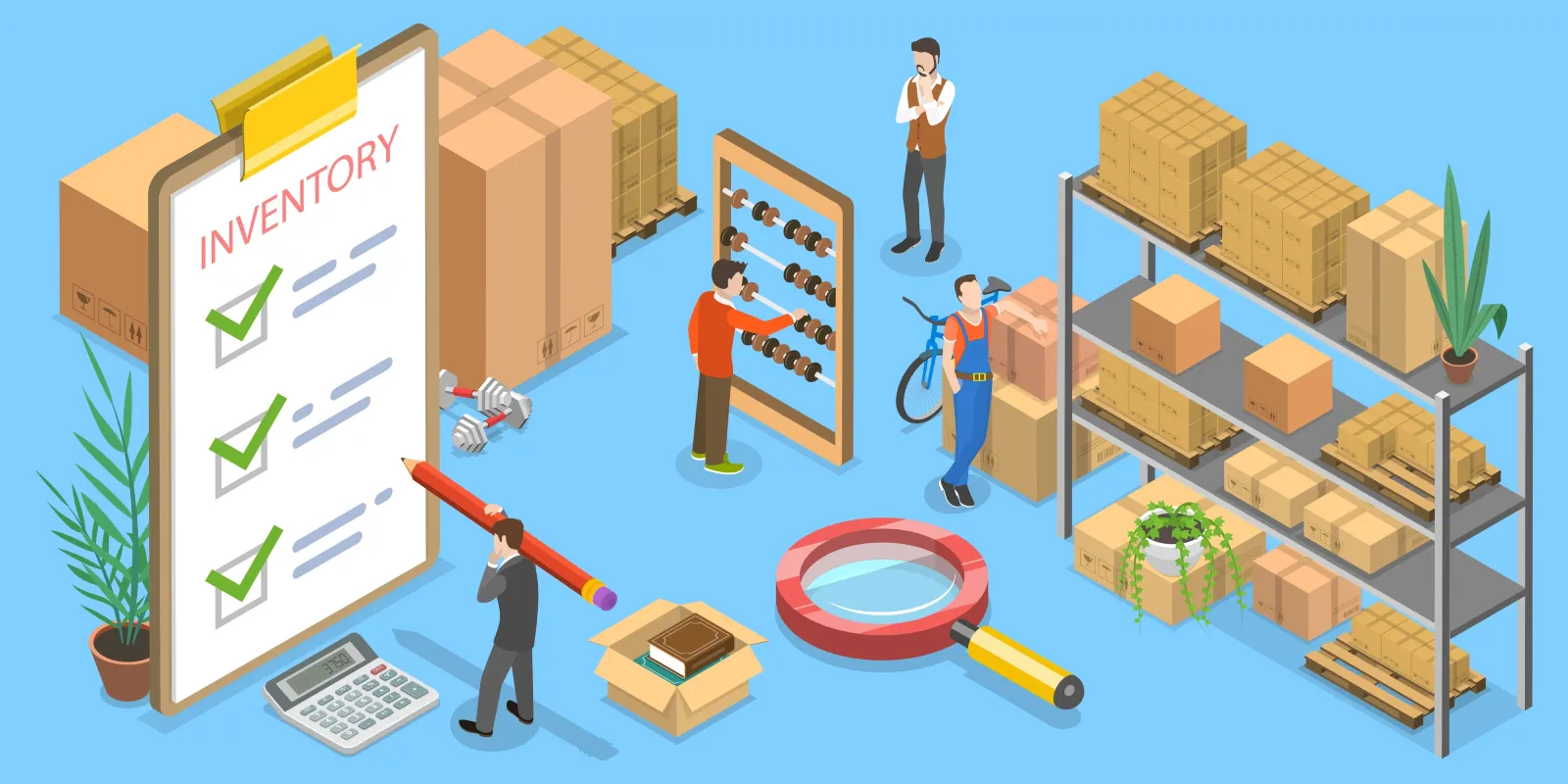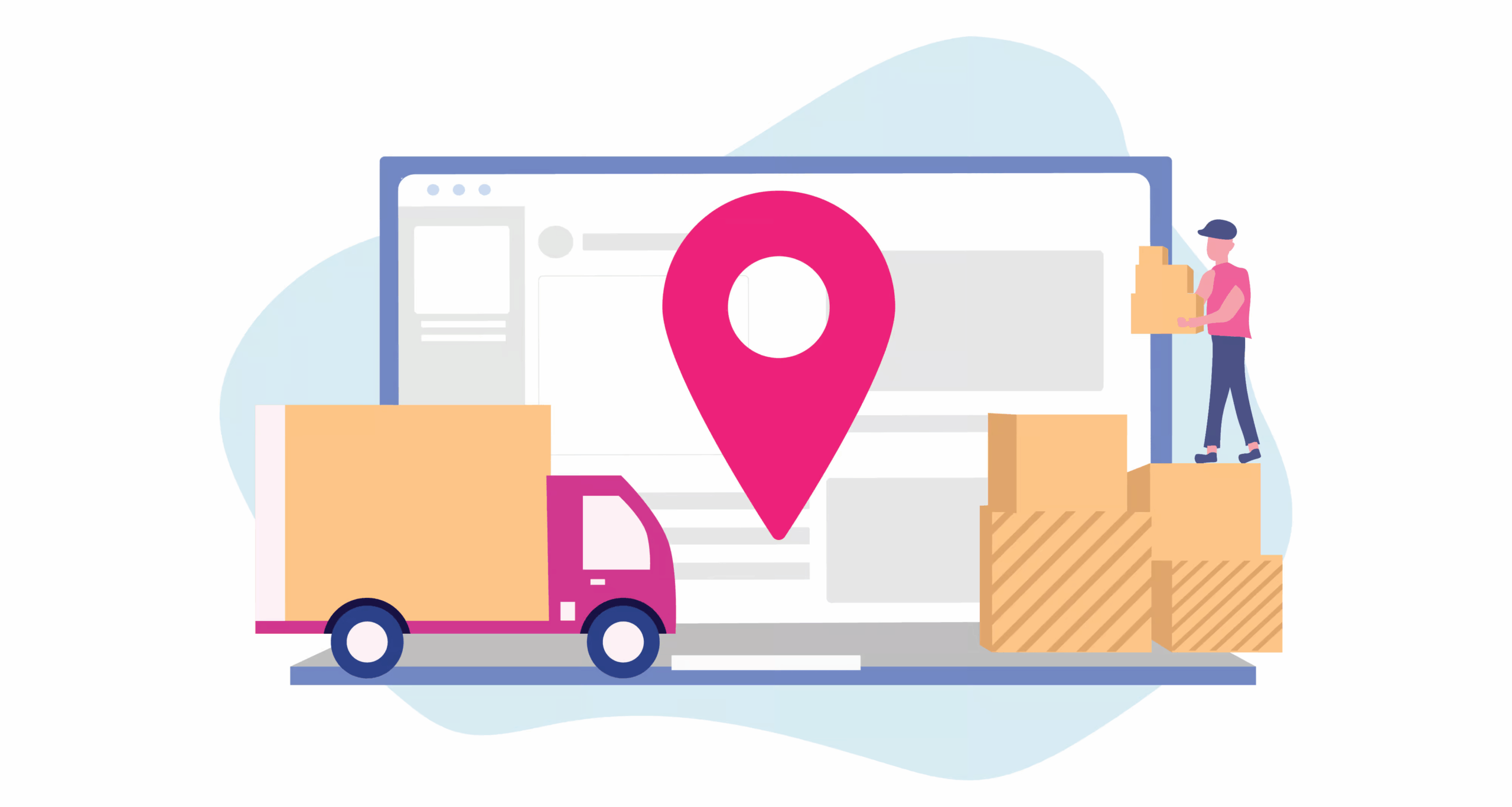Dropshipping vs. In-house Fulfillment: Which E-commerce Logistics Model is Right for You?
Empresas de comercio electrónico today face one of their biggest strategic choices: whether to operate through dropshipping o in-house fulfillment. Both logistics models can help you scale and deliver efficiently, but they differ greatly in cost, control, and customer experience. For online sellers using PostalParcel’s intelligent logistics tools, understanding the strengths and weaknesses of each model is key to building a smooth, profitable supply chain.
1. Understanding the Two Models
Before comparing, it’s important to define what each model means and how it impacts your business operations.
1.1 What Is Dropshipping?
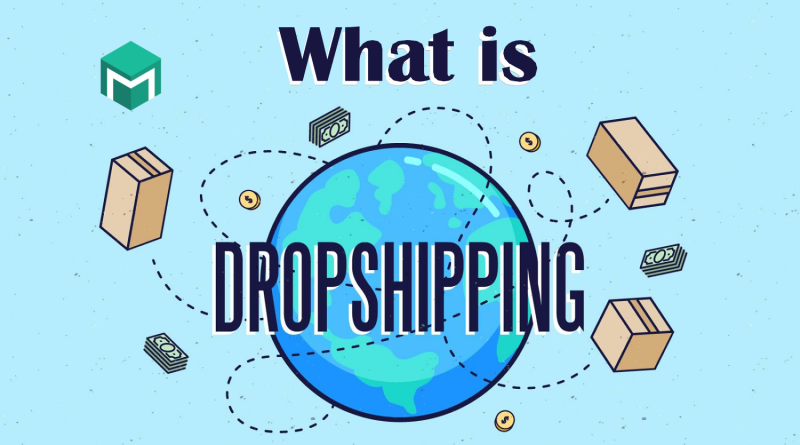
A dropshipping fulfillment model where the store doesn’t hold any inventory. Instead, when a customer places an order, the product is purchased from a third-party supplier who ships it directly to the buyer. The retailer serves as a bridge between suppliers and customers.
Key features of dropshipping:
- No need for inventory or warehouse space.
- Low startup costs and minimal overhead.
- Dependence on suppliers for product quality and shipping speed.
1.2 What Is In-house Fulfillment?
Cumplimiento interno refers to the process where the retailer handles storage, packaging, and shipping internally. You buy, store, and manage the products yourself—either from your home, warehouse, or fulfillment center.
Key features of in-house fulfillment:
- Full control over inventory and branding.
- Higher upfront investment in space and staff.
- Direct oversight of product quality and delivery times.
2. Comparing Dropshipping and In-house Fulfillment
Both models can lead to success, but the right choice depends on your goals, budget, and growth strategy. Let’s explore the main areas of comparison.
2.1 Cost and Investment
Dropshipping requires almost no upfront capital. You don’t need to buy stock or manage storage. This makes it ideal for startups or solo entrepreneurs testing new markets.
In-house fulfillment, however, demands significant investment. You’ll need to purchase products in bulk, rent warehouse space, and hire logistics staff. Although expensive at first, managing your own fulfillment can reduce long-term costs if order volume increases.
Verdict: Dropshipping is cost-efficient for beginners; in-house fulfillment pays off as your business scales.
2.2 Control and Quality
In dropshipping, your supplier controls everything after an order is placed, including inventory, packaging, and delivery. If there’s a mistake, it can damage your brand reputation even if it’s not your fault.
In contrast, in-house fulfillment gives you total control. You decide how products are packed, shipped, and presented. This enables quality checks and branded unboxing experiences that foster customer loyalty.
Verdict: In-house fulfillment wins when product control and brand reputation are top priorities.
2.3 Shipping Speed and Reliability

Customers expect fast, reliable delivery. Dropshipping often relies on suppliers from various countries, which can result in lengthy shipping times and inconsistent tracking.
With in-house fulfillment, you can select the best carriers, optimize routes, and utilize platforms like PostalParcel ofrecer real-time tracking and delivery transparency. Managing fulfillment yourself ensures faster local delivery and improved customer satisfaction.
Verdict: In-house fulfillment offers superior speed and reliability.
2.4 Scalability and Flexibility
Dropshipping excels in terms of scalability. You can add new products or enter new markets without worrying about inventory or warehouse expansion. It’s flexible and low-risk.
However, scaling an in-house system requires more infrastructure and staff, which increases complexity. Still, automation tools and third-party logistics platforms can simplify this growth phase.
Verdict: Dropshipping is easier to scale quickly, while in-house systems require planning but offer long-term stability.
2.5 Brand Identity and Customer Experience
Dropshipping limits your ability to customize packaging or include personalized inserts, which weakens brand identity. Customers may even receive products with the supplier’s name instead of yours.
In-house fulfillment allows you to design packaging that reflects your brand, include thank-you cards, and deliver consistent experiences. PostalParcel’s cumplimiento solutions can help automate this process while keeping your branding front and center.
Verdict: In-house fulfillment provides better brand control and stronger customer loyalty.
3. When Dropshipping Works Best
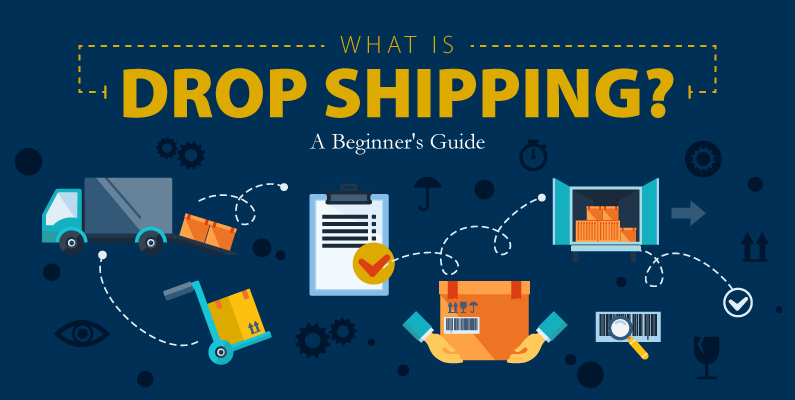
Dropshipping is ideal for entrepreneurs who value flexibility, low costs, and minimal management responsibilities. It’s especially suitable for:
- New e-commerce stores testing different products.
- Niche stores with limited inventory needs.
- Businesses targeting international customers with variable demand.
Ventajas:
- No inventory or storage headaches.
- Easy to launch and experiment with new ideas.
- Low financial risk if sales fluctuate.
Desafíos:
- Thin profit margins due to supplier pricing.
- Limited ability to ensure fast, high-quality shipping.
- High competition in popular niches.
PostalParcel helps dropshipping businesses gain better visibility by offering integrated shipment tracking and partner management tools, ensuring a smoother experience even when suppliers are scattered worldwide.
4. When In-house Fulfillment Makes Sense
As your business grows, customer expectations rise. Managing fulfillment in-house becomes more attractive once you reach consistent sales volume.
Ideal for:
- Established brands with loyal customers.
- Businesses selling customizable or high-value products.
- Companies that want complete control over their logistics operations.
Ventajas:
- Faster shipping with regional fulfillment centers.
- Custom branding opportunities and consistent quality.
- Easier returns and exchanges, leading to higher satisfaction.
Desafíos:
- Higher upfront investment and ongoing operational costs.
- Need for warehouse management systems and trained staff.
- Greater responsibility for storage and risk management.
By using PostalParcel’s smart routing and inventory management tools, even in-house teams can optimize delivery routes, track performance in real time, and reduce manual errors.

5. Hybrid Approach: Combining Both Models
Many successful marcas de comercio electrónico use a hybrid logistics model, blending dropshipping and in-house fulfillment.
For example, a business might:
- Dropship low-margin or seasonal products.
- Fulfill best-selling or premium items in-house.
This strategy allows for flexibility while maintaining control where it matters most. Hybrid fulfillment also reduces risks associated with supplier delays and helps meet the varying expectations of customers.
PostalParcel supports hybrid models with unified dashboards that manage both supplier shipments and self-fulfilled orders, providing a single place to track and optimize everything.
6. How to Choose the Right Model for Your Business
Selecting between dropshipping and in-house fulfillment depends on your goals and resources. Here’s how to decide:
Pregúntatelo a ti mismo:
- Do I want fast setup and low upfront costs? → Choose dropshipping.
- Do I want control, quality, and brand consistency? → Choose in-house fulfillment.
- Do I want both flexibility and oversight? → Try a hybrid solution.
Pro Tip: Use data analytics to measure what works. PostalParcel’s integrated reporting helps you analyze shipping times, order accuracy, and cost per delivery to find your most efficient model.
7. The Role of Technology in E-commerce Logistics
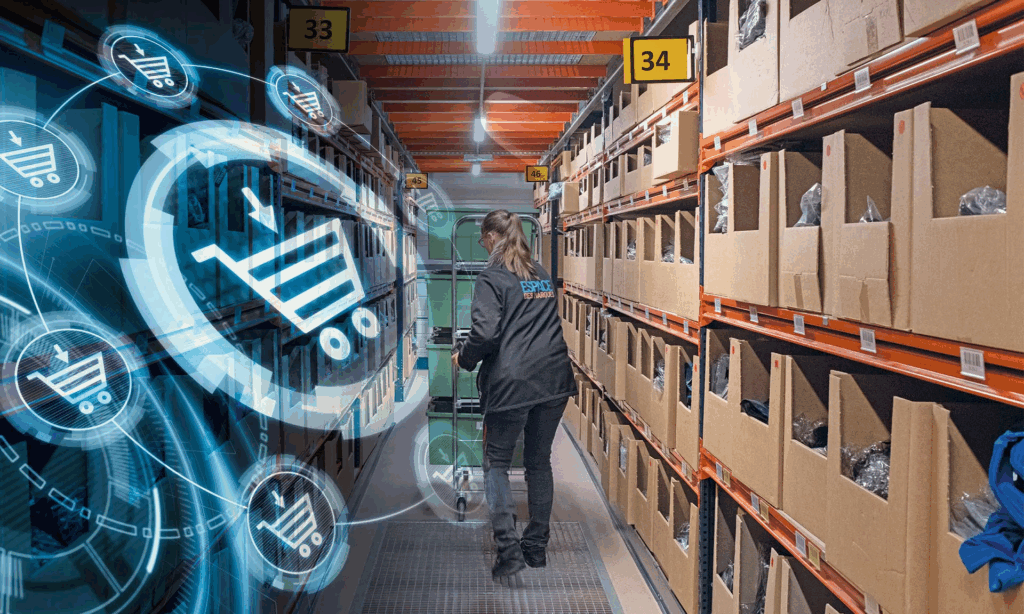
Regardless of the model you choose, technology drives success. Real-time tracking, smart routing, and automation reduce delays, errors, and costs.
PostalParcel’s logistics tools help you:
- Automate order processing and notifications.
- Track all shipments—whether drop-shipped or in-house—in real-time.
- Optimize packaging and delivery routes for efficiency.
With technology on your side, even small businesses can compete with large e-commerce giants.
8. Choosing Your Path Forward
There’s no universal answer to the question of dropshipping versus in-house fulfillment. The right logistics model depends on your scale, strategy, and vision.
Dropshipping offers freedom and simplicity, while in-house fulfillment provides control and brand strength. Some businesses thrive by combining both.
With PostalParcel’s smart plataforma logística, you don’t have to choose blindly. You can test, analyze, and evolve your logistics model as your business grows—ensuring smooth, transparent, and cost-effective fulfillment every step of the way.
Perspectivas del sector
noticias vía inbox
Nulla turp dis cursus. Integer liberos euismod pretium faucibua




